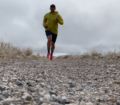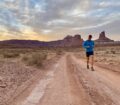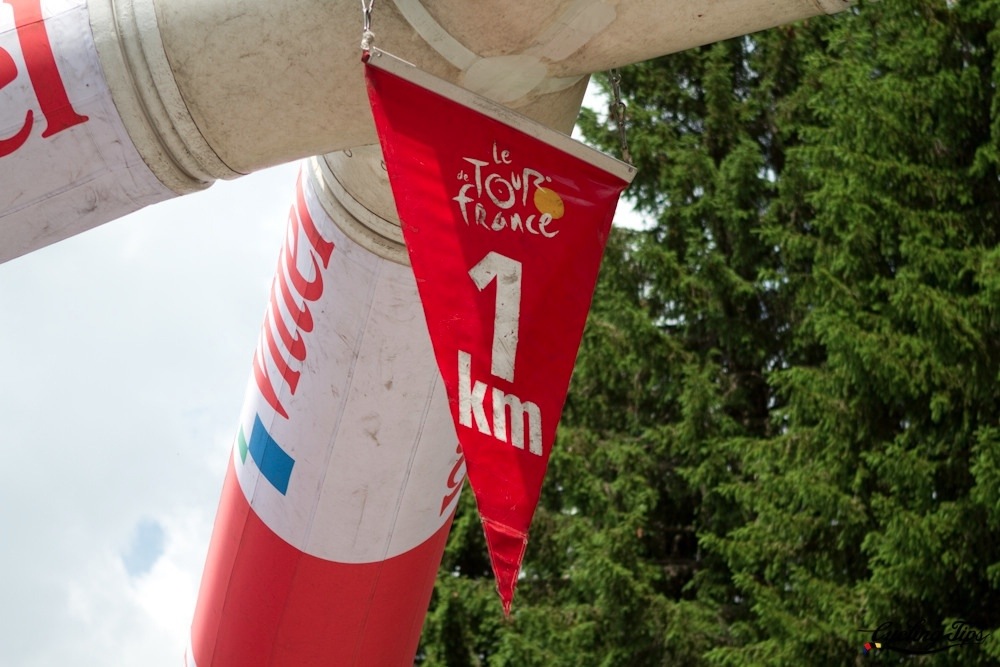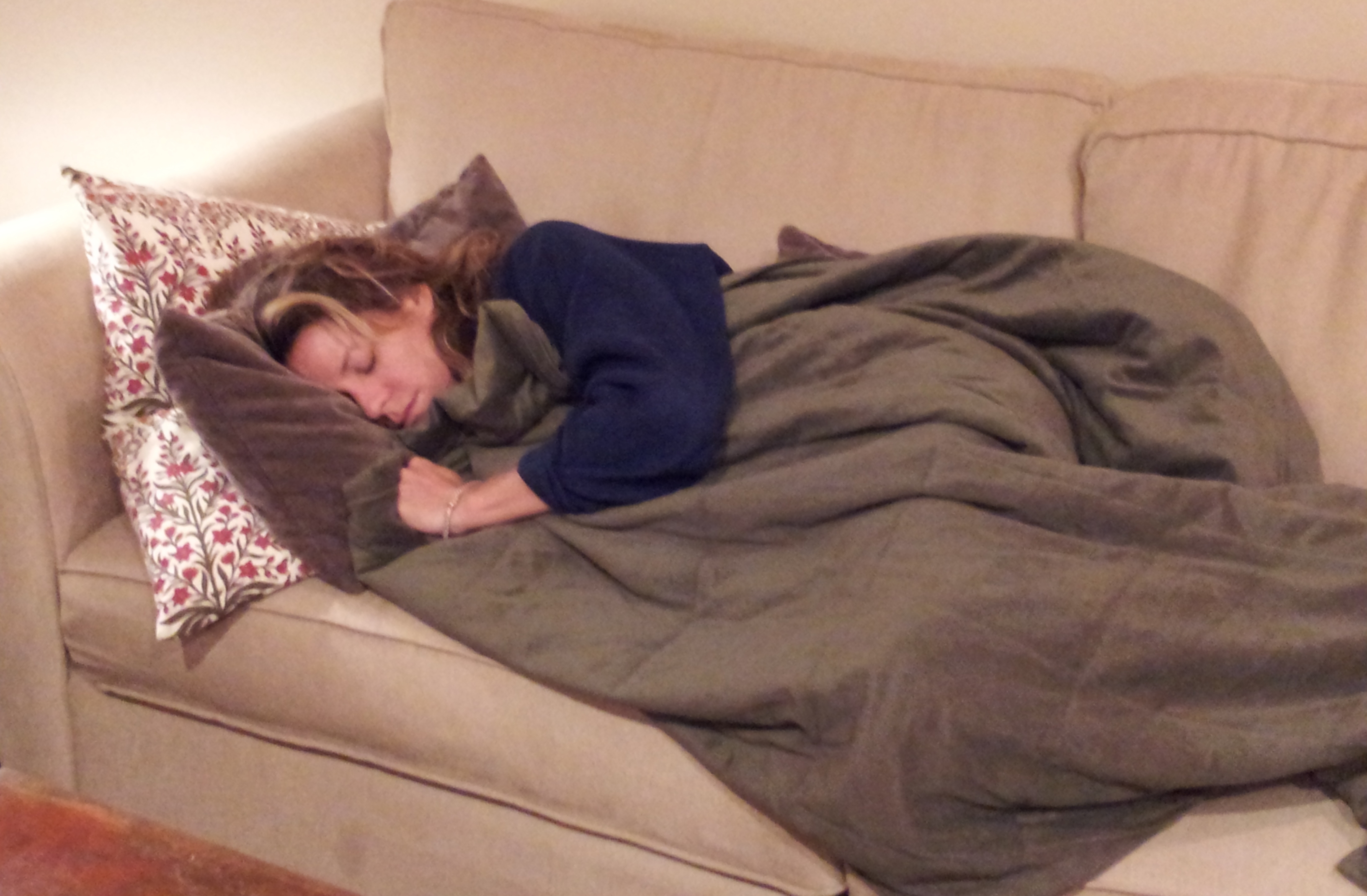A few weeks ago, I posted an interview with professional athlete, Heath Thurston. Now, I follow up that interview with Heath’s brother, Jarom Thurston. Jarom is a different flavor of ultra-endurance athlete, seeking out some of the most extreme ultramarathons. It’s true that there are no “easy” ultras, but Jarom chooses to tackle the exotic and hardcore “Brazil 135” as well as Badwater, which bills itself as the “Toughest Footrace in the World”. Jarom shares with me some of what drives him to participate in these very extreme races.
A: Jerry, it’s a great opportunity to do this and a privilege to have my stories, experiences, and examples be a part of your collection of interviews you’ve done with so many other inspiring endurance athletes.
Q: I recently interviewed your brother, Heath, a professional triathlete. What’s with you Thurstons!?
A: Hah!…ya, my brother is an amazing athlete. He’s not only a great swimmer but he is so strong and fast now on the bike and run at the Ironman distance and has been competing on the Pro/Elite level since 2006. One of the coolest experiences I had recently with him was watching him beat the World Champion, Crowie, out of the 2.4 mile swim a few months ago.
Like Heath mentioned in his interview, we had such a great example from our father Gary. He was always running, biking and swimming and competing in marathons and triathlons when we were little kids. I guess some of his passion for adventure and adrenalin and determination to live life hard seeped into our DNA! I’m so thankful for his great example and how he was always so involved in our lives and swimming competitions when we were so young…it really made a difference as we grew up! Utah 20-30 years ago was not considered a state that produced very fast swimmers…until the Thurston family came along…(smiles and laughs). We became very well known as the “Swimming Thurstons”. But after finishing high school and being a bit burnt out we didn’t do much with swimming, or any sports really. I became a working husband and father and kinda lazy when it came to physical activity. I remember hitting 220lbs on the scale and feeling like I was no longer able to consider myself an athlete other than creating super awesome analytical excel spreadsheets on a computer all day! (laughs again …) True story… Something was about to change.
Q: You are an ultrarunner…but also a well rounded athlete like Heath. Please tell me about your athletic background and how you became an ultrarunner…
 |
| Jarom Swimming 10 miles in Utah’s “Swimathon” |
Q: And when did this morph into ultrarunning?
A: Someone invited me to run the Squaw Peak 50. It totally sparked my interest enough to try it. It about killed me! By mile 20 I was urinating blood and the race staff pulled me from the race at mile 33 for health/safety reasons. But I wasn’t about to let that be my first and last ultra marathon experience. It was an eye-opening exposure to a new world of endurance beyond a 26.2 mile road marathon and I wanted more!!!
Q: Nice! So… you and I first met on the blistering hot asphalt of Badwater in 2007. It was then I learned that you were fluent in Portuguese of all things… Share with me how you became fluent in Portuguese and how you are still so incredibly involved in the Brazilian ultra community.
A: It’s one of those things that makes me sit back and wonder how often things in life really happen for a reason. I’m an active member of the Church of Jesus Christ of Latter-Day Saints…or “Mormons”. When I was only 19 years old I volunteered to go on a religious service and teaching mission for two years. The leaders of the church, despite my 5 years of studying German, called me to go serve in the southern region of Brazil (Curitiba and the whole state of Paraná), a Brazilian Portuguese speaking mission. After living in Brazil for two years I fell in love with the people, the culture, the food, language and the country as a whole.
It has, ever since, held a very close place in my heart and life. My daughter who is 9 years old now lives in Paraná, Brazil with her Brazilian mother, and I miss her a lot but do what I can financially provide for her, to visit and bring her to the states to see her cousins, aunts and uncle and grandparents. So, how did I get so involved and connected to the Brazilian Ultramarathon community? Well… By chance, while helping a friend startup an internet search/social network project, I came across an email of a guy who I had testing our Brazilian website that later I discovered was not only a member of the “Mormon” religion in Rio De Janeiro, but a very well known and accomplished international ultra marathon runner. We swapped emails a few times, as I was so new in the sport and always asking questions, and one day my new friend Sebastian asked for my help with his Badwater application (since he didn’t speak English).
 |
| Jarom (right) pacing Valmir Nunes |
 |
| Jarom (barefoot) with Brazilian Ultramarathonista, Monica Otero, and Crew at Badwater |
Q: Full of awesome! I had some insight on most of that…but I know that many don’t know how you are still involved in helping at Badwater and also Americans that seek to run the Brazil 135. Thanks for contributing to the sport in such a big way.
So let’s talk about the Brazil race…The “Brazil 135”, sister race to Badwater, is a daunting course. Most athletes in the US don’t have the insight you have…please tell us about the Brazil 135…it’s challenges, unique to other endurance races.
A: Yes, it definitely is a unique endurance race in the amazingly beautiful Brazilian region of the Mantiqueira Mountain range (in the state of São Paulo and Minas Gerais). I have run and finished the BR135 four times now (each year from 2008-2011) and am very involved with the race director and organization as the U.S. Athlete Ambassador for the event.
Q: So, what can you tell me about the origins of this race? The Brazil 135?
A: I’ll try to make this story short…. It’s about how DNF’ing a race can bring about greater things. (The race director of BR135), Mario Lacerda did not finish his first Badwater attempt and spent another year training harder to ensure a future finish. In Mario’s words, “Had I finished my first Badwater run, there would be NO Brazil 135 Ultramarathon today!”. Had Mario finished his first BW race he said he would never have had the vision or idea of beginning a sister-race to Badwater in Brazil. It was that year of training to go back and run BW again that he had the dream of starting something big in his home country.
After 17 years living in the U.S. Mario has moved back to Brazil and become the “Father of Ultrarunning” in his country. The BR135 has become very internationally known in the last few years. It takes place along the Pilgrimage trailhead called the “Caminho Da Fé” or Path Of Faith and covers 135 miles of the most difficult mountainous section of the Caminho Da Fé which runs well over 300+ miles of trail systems. It takes place in January which is the summer rainy season in this area. If the sun comes out it’s incredibly hot and humid. If not, the temperatures are nice, but still very humid and can rain hard for hours and hours. Most of the course is dirt.j..let me rephrase that, “muddy”, trails and ATV paths up and over mountains and cuts through many small towns and cities along the way where runners cross paved roads and even lots of cobblestone streets. It’s very green and beautiful.
Every town you run through on the Path Of Faith goes right downtown to the main Catholic cathedral edifice in the center square before heading out and up the next mountain climb. A big help to keep going is the desire everyone has to see what’s on the other side of the next mountain pass or what’s around the next turn or to see all the amazing cathedrals in the center squares of each of the towns along the way. It’s not only a race I wish every ultra runner could do but a spiritual journey everyone should take some time in their life.
Q: I know you’ve had some rough patches along this journey Jarom. What challenges have you faced in these extreme events?
A: I’ve also run the Arrowhead Winter 135 in International Falls, Minnesota, but twice DNF’d. I didn’t finish after leading the race for 90 miles in 2009. In 2010, I reached hypothermia around mile 65. Both attemps were only one week after completing the Brazil 135. I hope to one day return, and see what I’m really capable of doing at the Arrohead135.
Q: Tell me about your training for these mountain ultramarathons? What unique methods to you use to finish these races?
A: Regarding my training…I try to just get out adn put in the miles and hours on my feet. A lot of the time splitting up my training into 2 hours (per run) on some days to get plenty of miles in. If I run 10 in the morning and 10 later in the afternoon or evening, that’s a 20 mile day! If I don’t have time for that much, I’ll take my backpack with extra weight or pull a car tire for an hour or two.
Another important, but overlooked, aspect to these extremely long races is sleep deprivation training. You might be laughing…but it’s so true and necessary. You might feel great to keep running but when you’re falling asleep and hallucinating, you won’t go far. My first Brazil 135, I only slept for 45 minutes…to let my feet dry. By the second night, I was hallucinating and through I was in a “Treasure Hunt”. I didn’t know what I was supposed to search for but I wanted to be the first one to find it! In the middle of the night, I awoke sitting down indian-style in the middle of the trail looking up at the night stars.
Anyway, you can do some types of sleep deprivation training by pulling all night runs. Or, when you have a lot of activities to do on the weekend, instead of sleeping in, just force yourself to get up after only 1-2 hours of sleep and run. You’ll be tired and feel like crap, but that’s exactly what it’s like in a race that may take you 36-60 hours to finish. I know so many people who make the decision to quit between 2am-5am and later regret it.
The more experience you have waiting for that morning sunrise in an ultramarathon, the more you remember how good you will feel and things turn for the better no matter how bad they were during the night. Another quick tip that works great for me is to utilize some form of open-toed running sandle or flip-flops. Especially ina race like Brazil, where it may rain or be very humit, your feet need to dry a few times a day.
As far as Badwater training goes…nothing works for me! My body doesn’t do well in the heat, but I know I can recover and negative split the second half of the course once I get my hydration and nutrition back. Losing 12lbs in 12hrs is no bueno! But even losing up to 10 hours of total downtime, it’s possible to buckle sub 48. And, if I can do it, anyone can!


















One Response to Jarom Thurston: Interview